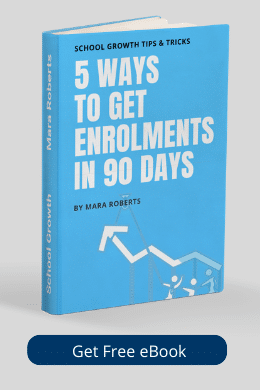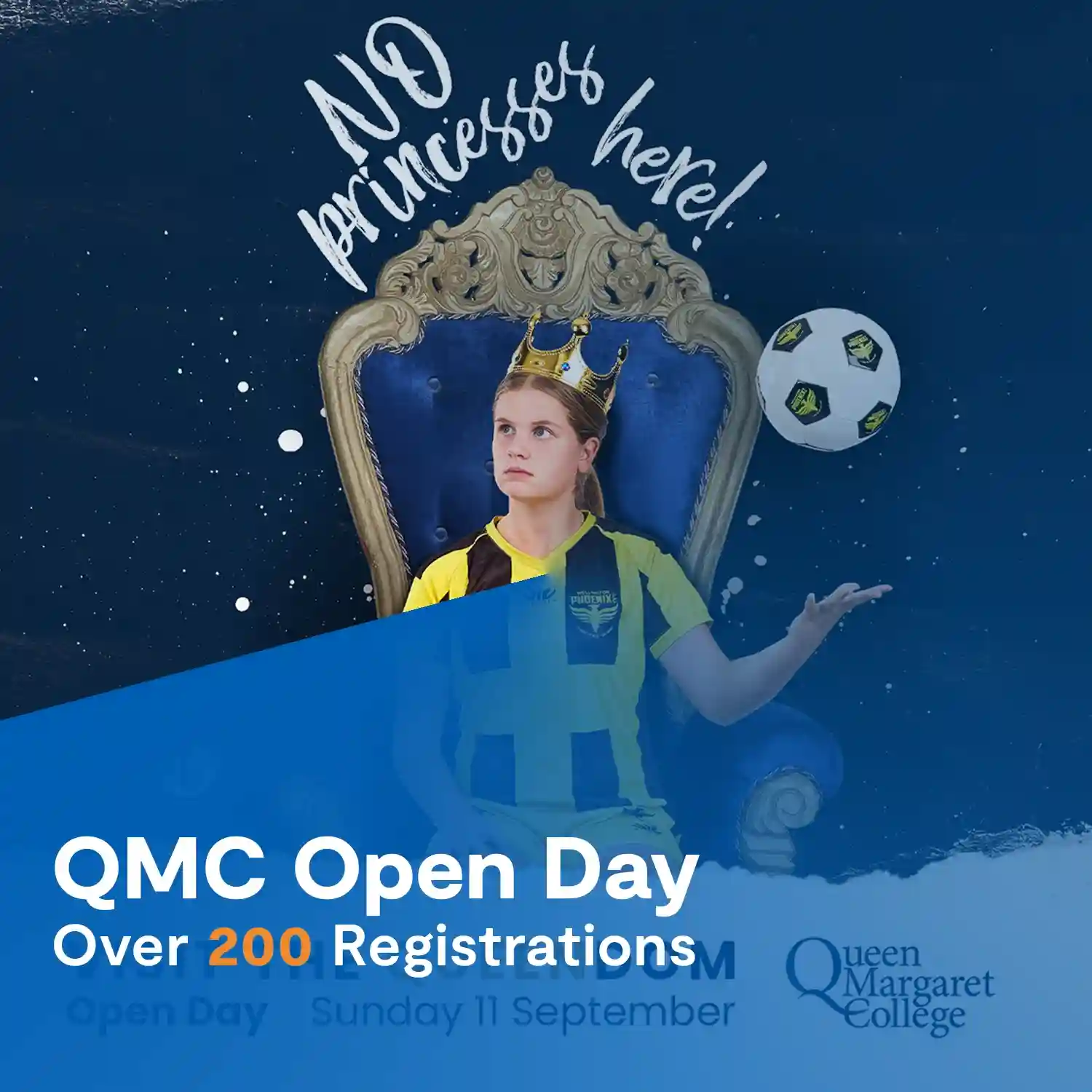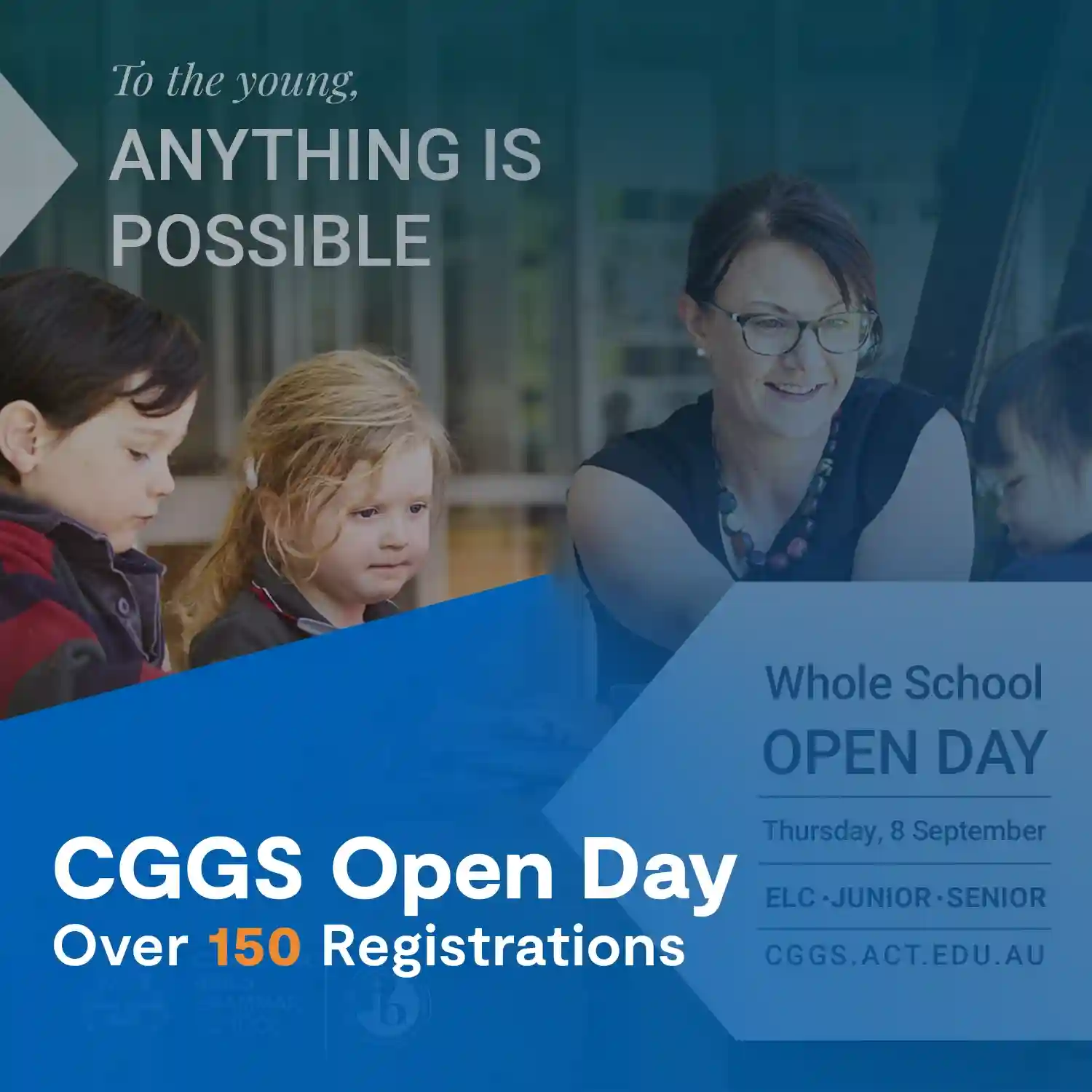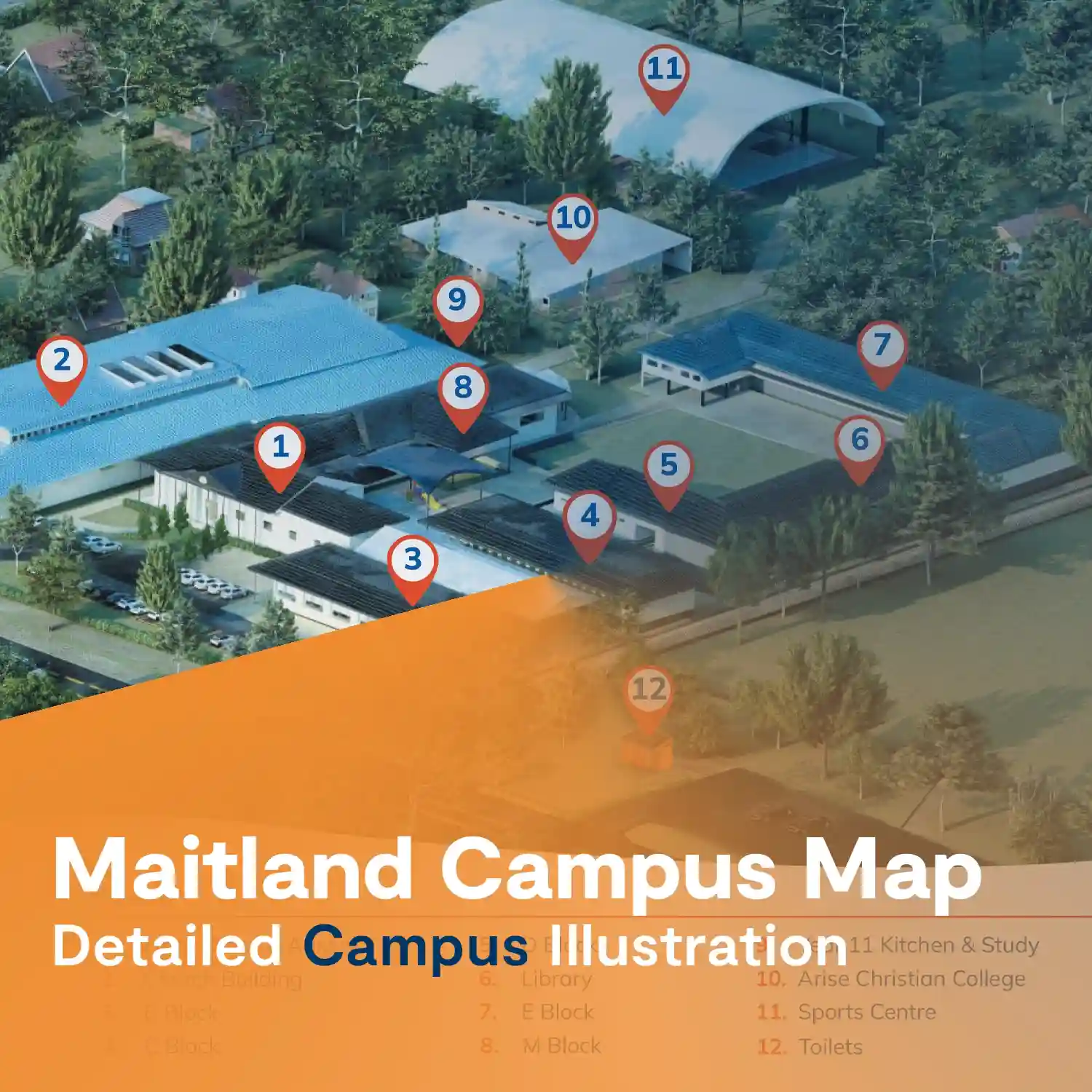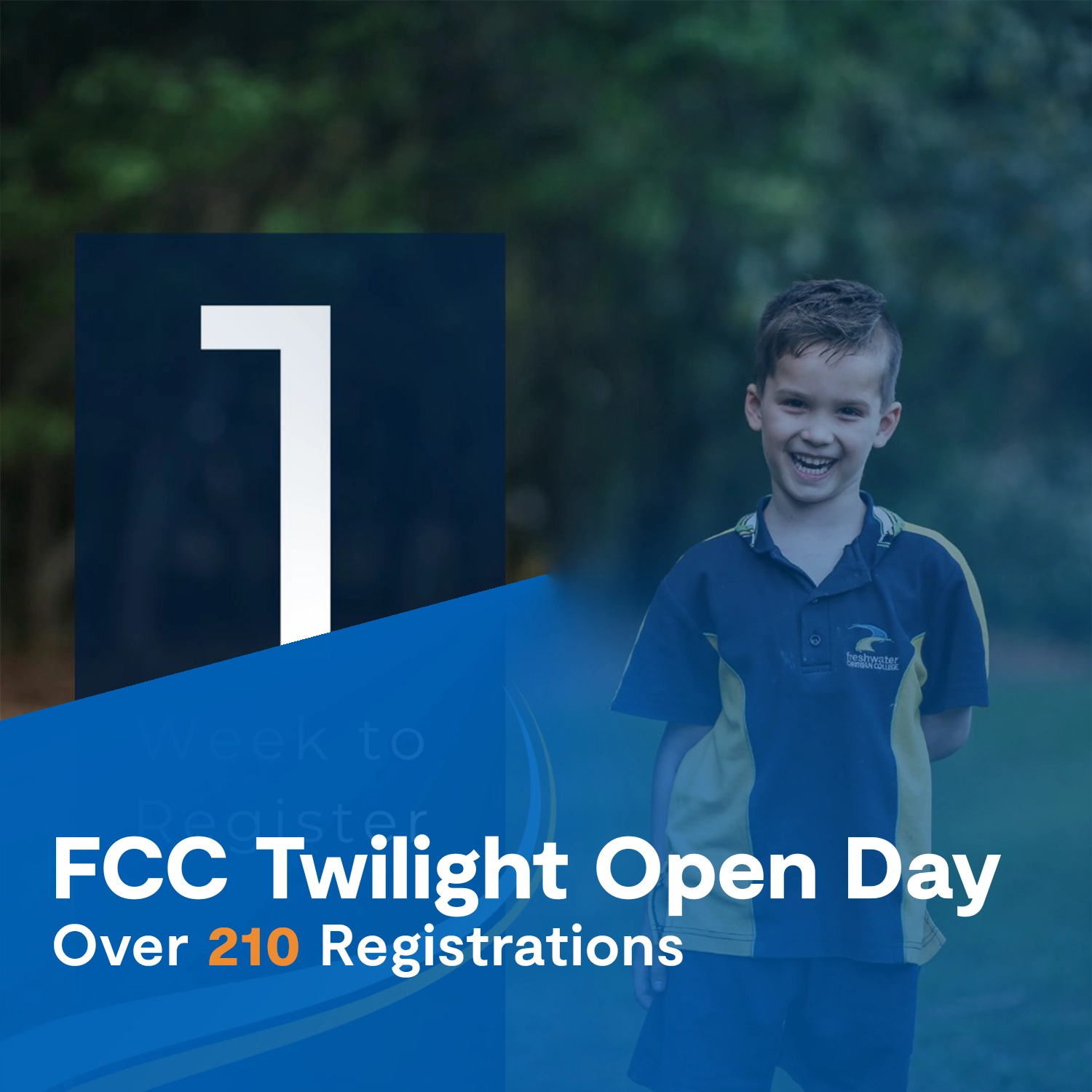School marketing and communications are marked with busyness, frequent deadlines and a repetitive cycle that is based on a termly school calendar. But it’s this repetitive process of putting your all into a campaign, learning how to master the details and then getting to do it again the following year, that I absolutely love about marketing schools. Each year, we should be learning and refining so that our competitive edge is sharpened as we grow.
The process of continuous improvement is best managed when your team has a big-picture understanding of what your marketing puzzle is going to look like and how the pieces fit together. Today we are going to look at lessons learnt from almost a decade of implementing school campaigns so that you too can have a framework for success.
Laying the brand foundation
How is it that some schools seem to have ongoing success with the smallest of campaign efforts, while other schools can work as hard as ever but never seem to reap the results and cut-through they are looking for? In my experience, the difference lies in the perception that your audience has about your school. Families may be hearing about your College and seeing your campaigns but they are not considering your school as a viable option because of a negative perception or preconceived ideas they have about your school.
I have seen many schools waste their marketing money by pushing out advertising campaigns without understanding the perception the local community has about their school. Also, many schools lack a consolidated approach to their school marketing. Their advertising campaigns lack the punch and clarity needed to change their audience’s perceptions and grow your school’s market share because each campaign is pointing in a different direction.

A strong school branding strategy will have an extensive plan on how to “expand the pie”, so to speak, by using educational brand-building campaigns. An intentional effort is needed to change people’s perceptions about your school and increase market share from families that would not normally consider your school. These brand campaigns should be consistently delivered and updated as your brand evolves.
A brand with clarity is sure about its brand identity (logo, corporate colours and fonts) and its differentiating uniqueness that enables families to choose your school over others.
Further to this, your College will also need to be effective at converting audiences that are being engaged by your brand campaigns into enrolment enquiries. For schools, the decision of which school to choose for their child is a long-term one that can take anywhere from 2 months to 2 years. Therefore, we need the ability to not only engage our audience once, but to re-engage them based on their interaction with your school. This is where your digital marketing campaign starts to pull its weight in your overall strategy.
Digital marketing for schools
My opinion is that school marketers are currently under-investing in their digital strategies. Because of the way parents shop for schools and the learned online behaviour, digital plays a huge role in your overall marketing success.

A school’s digital marketing strategy should include:
- A website that can convert prospective families into enrolment enquiries. This includes being mobile friendly, technically sound, and fast to load.
- Search visibility in major search engines, such as Google and Bing. This requires an intentional strategy of adding SEO keyword-rich content to your website regularly and a strategy to appear on top of search results for an ever-increasing number of keywords.
- A social media strategy to not only engage current families but to utilise positive word of mouth to reach new audiences through social media advertising. This can also include a strategy to remarket to your audience and show them advertising based on their engagement with your school.
- A strategy to build your email list and nurture families from their first point of contact through to enrolment.
- Display advertising that uses the power of data to reach the right families in your target market so that your brand is shown on a huge network of complimentary websites.
- An automated way to regularly view your marketing results on a live reporting dashboard so that school leaders and the marketing team know their numbers, can implement an agile marketing plan, and make adjustments as they go.
While your digital strategy does a lot of the heavy lifting in terms of measurable results, no marketing plan is complete without traditional marketing.
Traditional marketing for schools
Traditional advertising works best when it is part of an overall strategy. The central message of your campaign should be clearly communicated on your website, social media, digital display ads and traditional mediums. Further to this, traditional marketing can help you reinforce your digital campaign messages by, for example, doing a leaflet drop in the same geographic area as your digital campaign targeting.
By focusing your campaigns around your target audience, your marketing campaign will be able to make enough of an impact to result in your audience taking action. Your marketing manager should have a clear picture of your target audience and then plan how to reach that same audience through different traditional and digital mediums.

In implementing this strategy, schools can often fall into the trap of using the same mediums each year because that is what they know and they are unaware of any alternative options. Unfortunately, many of the mediums that schools use are over-saturated and decreasing in effectiveness. Schools should test out new mediums by allocating a portion of their annual budget to trying out new ways of advertising on a small scale. If these campaigns bear fruit, they can be scaled in your following year’s strategy.
Having said that, once you find a medium that works, consistent placements will win over once-off ad placements. Ensure you have enough budget to “do it well”, by choosing a few billboards throughout the year, or if your budget doesn’t allow, choosing a medium that you can consistently place in through the year.
On a last note for traditional advertising, I have found that “frequency” is the key to success. Frequency is the number of times your audience will be exposed to your message. A higher frequency always outperforms. When choosing radio ads, opt for a tight schedule of airings through your campaign rather than a longer campaign time. For billboards, opt for digital billboards.
The best school marketers are those who let the data make the decisions for them. A culture of strong reporting that is driven from the top down, will enable your school to make the necessary adaptions sooner rather than later and take advantage of opportunities well in advance. Our school marketers are so much more than advertising coordinators, they should have a seat at the leadership table so that schools can effectively bridge the gap between what the CUSTOMER wants and your school’s offering.
Questions regarding this article? Please email me at mara@robertsdigital.com.au


